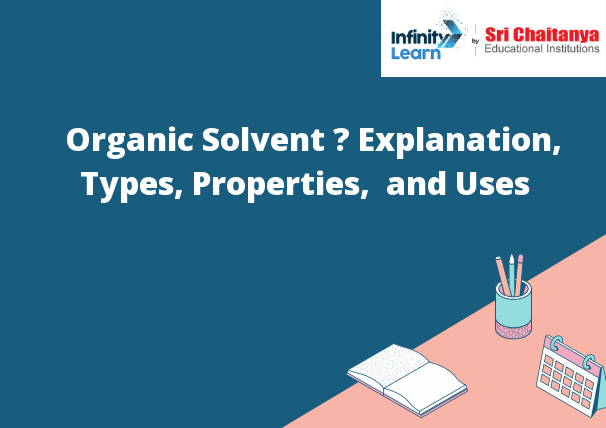Table of Contents
About Organic Solvent
Organic solvents are organic compounds that are liquids at room temperature and are used to dissolve other organic compounds. Common organic solvents include acetone, ethanol, and hexane. These solvents are used in a variety of applications, including in the production of chemicals, pharmaceuticals, and plastics.

Types of Organic Solvents
There are many different types of organic solvents, but they can generally be divided into two categories: polar and nonpolar. Polar organic solvents have a high dielectric constant and are able to dissolve polar molecules. Nonpolar organic solvents have a low dielectric constant and are able to dissolve nonpolar molecules. Some common polar organic solvents include water, ethanol, and acetone. Some common nonpolar organic solvents include hexane and toluene.
Properties of Organic Solvents
Organic solvents are typically classified as polar or nonpolar. Polar solvents have a higher dielectric constant and are more attracted to polar molecules than to nonpolar molecules. Nonpolar solvents have a lower dielectric constant and are more attracted to nonpolar molecules than to polar molecules. In general, polar solvents are better at dissolving polar molecules, and nonpolar solvents are better at dissolving nonpolar molecules.
Organic solvents also have a variety of other properties that can be important in determining their suitability for a particular application. These properties include:
• Boiling point: The higher the boiling point, the more heat is required to vaporize the solvent. This can be important in applications where the solvent needs to be heated, such as in distillation.
• Melting point: The lower the melting point, the easier it is to form a liquid. This can be important in applications where the solvent needs to be liquid, such as in injection.
• Vapor pressure: The higher the vapor pressure, the more quickly the solvent will vaporize. This can be important in applications where the solvent needs to be vaporized, such as in distillation.
• Solubility: The higher the solubility, the more easily the solvent will dissolve a given substance. This can be important in applications where the solvent needs to dissolve a particular substance
Applications of Organic Solvents
Organic solvents are used in a variety of applications, including:
-Removing paint or other finishes from a surface
-Dissolving adhesives or other bonding materials
-Cleaning parts or equipment
-Removing grease or oil from a surface
-Dissolving stubborn substances
-Acting as a carrier for other substances




